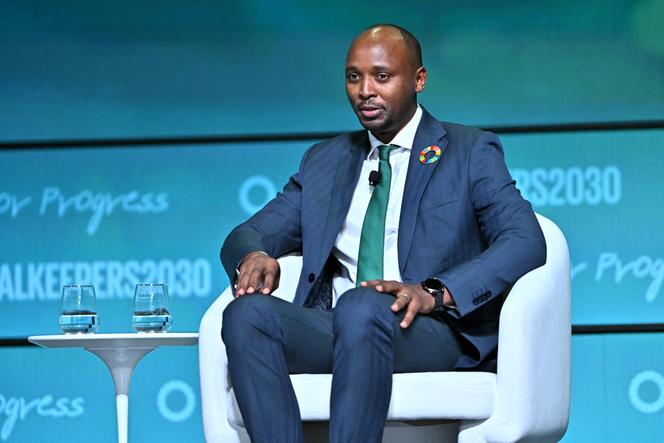


Although it's too early to claim victory, international health authorities are already hailing the Rwandan government's efforts to curb the Marburg virus outbreak that broke out in the country on September 27. In just three weeks, the Rwandan authorities rapidly put in place measures such as patient isolation, screening and contact tracing, and enabled the launch of clinical trials to combat one of the world's most dangerous viruses.
The Marburg virus belongs to the filovirus family, whose best-known representative is the Ebola virus, which notably raged in West Africa between 2014 and 2016, causing the death of more than 28,000 people. While the infection caused by the Marburg virus is slightly less virulent than that of the Ebola virus, it presents with the same symptoms, in other words, fever followed by vomiting, diarrhea and bleeding from the gums, nose and anus. Epidemics are rare, but the case-fatality rate – in other words, the number of deaths among the sick – is high, between 22 and 88% depending on the virulence of the strain and the level of management.
In Rwanda, 62 cases have been identified so far, mainly in two hospitals in the capital, Kigali, and among caregivers' contacts. Of these, 15 have died, 38 have recovered and 9 are still hospitalized. The case-fatality rate here is therefore at its lowest, at 24% – still a very high rate, almost as high as for smallpox. The epidemic is still ongoing, but Rwanda's health minister, Sabin Nsanzimana, reported on Thursday, October 17 that there has been a "positive trend" over the past week, with half as many new cases as in the first two weeks, some days with no new cases and, above all, no new deaths to report.
This is encouraging news, according to the World Health Organization (WHO), which is even prompting Director General of the Africa Centres for Disease Control and Prevention (Africa-CDC) Jean Kaseya to hope to lower the alert level by November 7, three weeks from now, which is the disease's maximum incubation time.
However, initial reports from the country gave cause for concern: This was the first Marburg virus epidemic to emerge in Rwanda, in a sensitive region since two-thirds of outbreaks over the last 20 years have occurred in its direct neighbors (Democratic Republic of Congo, Uganda and Tanzania). The fact that 85% of patients are caregivers in the capital's hospitals has also raised fears of an increase in nosocomial diseases.
But Rwanda has been preparing for this eventuality for years. "Since 2018, the country has been organizing itself to deal with an epidemic of hemorrhagic fever," said Jean-Claude Manuguerra, director of the Institut Pasteur's Laboratory for Urgent Response to Biological Threats. "Once we're prepared, we can react more quickly, and waste less time making the diagnosis," said the virologist. Symptoms can be mistaken for those of Ebola, but also of dengue hemorrhagic fever, malaria or typhoid fever. "The lessons we learned from the Covid-19 epidemic have helped us to strengthen our screening capacities," said Nsanzimana.
You have 47.19% of this article left to read. The rest is for subscribers only.
